DC Servo Motor: Component, Advantage and Application
DC motor component
DC servo motor is mainly composed of stator, rotor core, motor shaft, servo motor winding commutator, servo motor winding, speed measuring motor winding, speed measuring motor commutator and other components.
Stator. Stator pole magnetic field is generated by the magnetic poles of the stator. According to the way of generating magnetic field, DC servo motors can be divided into permanent magnet type and separately excited type. The permanent magnetic poles are made of permanent magnet materials, and the separately excited magnetic poles are made of laminated stamped silicon steel sheets. The external coil is passed through a DC current to generate a constant magnetic field.
- Rotor. Also known as the armature, it is made of laminated silicon steel sheets with coils embedded on the surface. When DC servo power current is passed, the electromagnetic torque that drives the load to rotate is generated under the action of the stator's magnetic field.
- Brushes and commutator segments. In order to keep the generated electromagnetic torque in a constant direction, the rotor can rotate uniformly and continuously in a fixed direction, the brushes are connected to the external servo power supply, and the commutator segments are connected to the armature conductors.
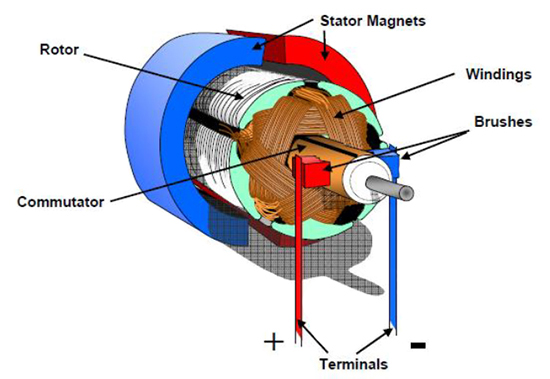
N=(u-IaRa)/ke
n-- Armature speed, r/min;
u-- Armature voltage;
Ia--Armature voltage of the motor;
Ra--Armature resistance;
ke--Potential coefficient (ke=CeΦ)
It can be seen from the formula that there are three methods to adjust the speed of the motor:
-
Change the armature voltage u. The
speed adjustment range is large, and DC servo motors often use this method to
adjust speed; Changing magnetic flux Φ (that is to
say, changing the value of ke). By changing the resistance Rf of the excitation
circuit to change the excitation current If, the purpose of changing the
magnetic flux can be achieved.
- Magnet speed regulation is often used as an auxiliary method of speed regulation because of its small speed regulation range, while the main speed regulation method is voltage regulation. If the two methods of voltage regulation and magnetization are used to cooperate with each other, a wide speed regulation range can be obtained and the capacity of the motor can be fully utilized. Connect the adjusting resistor Rt in series in the armature loop.
n= [u-Ia (Ra+Rt)]/ke
It can be seen from the formula that by connecting a resistor in series in the armature circuit, the speed can only be adjusted lower, and the copper loss on the resistor is larger. This method is not economical and is only used in a small number of occasions.
Voltage and circuit of BLDC servo motor
BLDC servo motor refers to brushless DC motor, which is another kind of DC servo motor and also a kind of permanent magnet synchronous motor with simple structure, small volume and high control accuracy.
BLDC servo motor circuit mainly consists of servo motor body, rotor position sensor and electronic phase change circuit. Among them, the electronic phase-changing circuit is an important part of BLDC servo motor. It controls the motor's energized state according to the signal from the rotor position sensor, thus generating a jumping rotating magnetic field to drive the permanent magnet rotor to rotate.
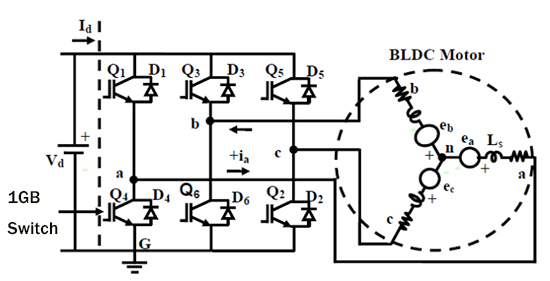
In terms of voltage, BLDC servo motors are
usually powered by DC power supply, and the voltage range is generally between
12V and 48V. In addition, BLDC servo motors can also be used to regulate motor
speed and torque by using PWM technology, which controls the effective value of
the voltage by adjusting the duty cycle of the pulse signal, thus changing the
speed and torque of the motor. In practice, the frequency of the PWM signal is
usually between a few hundred hertz and a few thousand hertz to avoid noise and
vibration problems.
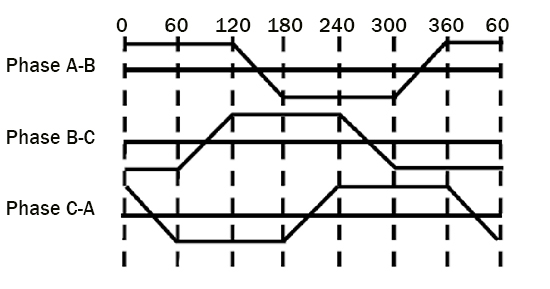
Advantage
- High control accuracy: The DC servo motor can achieve precise rotor position control through the cooperation of brushes and commutators, thus improving the control accuracy of the system.
- Fast response speed: The DC servo motor has a fast response speed and can reach the required speed and torque in a short time.
- Smooth torque output: During the operation of the DC servo motor, the torque output is relatively stable, which is beneficial to improving the stability and accuracy of the system.
- Low noise: The DC servo motor produces relatively little noise during operation, so it is suitable for noise-sensitive occasions.
- Wide speed regulation range: DC servo motor has a large speed regulation range and can achieve precise control in different speed ranges.
DC servo motors are widely used in many fields. The following are some main application scenarios:
- High control accuracy: The DC servo motor can achieve precise rotor position control through the cooperation of brushes and commutators, thus improving the control accuracy of the system.
- Fast response speed: The DC servo motor has a fast response speed and can reach the required speed and torque in a short time.
- Smooth torque output: During the operation of the DC servo motor, the torque output is relatively stable, which is beneficial to improving the stability and accuracy of the system.
- Low noise: The DC servo motor produces relatively little noise during operation, so it is suitable for noise-sensitive occasions
- Wide speed regulation range: DC servo motor has a large speed regulation range and can achieve precise control in different speed ranges.
Post a Comment:
You may also like:

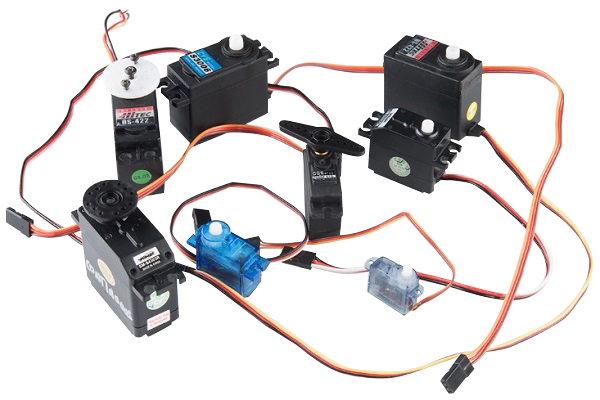 There are some special types of application of electrical motor where rotation of the motor is required for just a certain angle ...
There are some special types of application of electrical motor where rotation of the motor is required for just a certain angle ...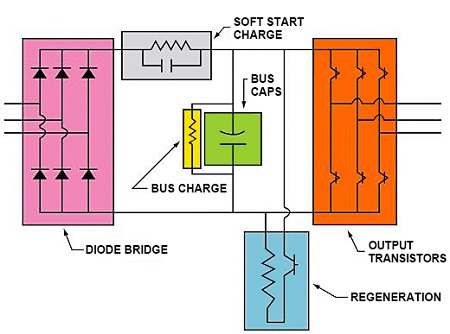 Servo motors come in so many types and flavors that it is difficult to define them in a way that is accurate and universally ...
Servo motors come in so many types and flavors that it is difficult to define them in a way that is accurate and universally ...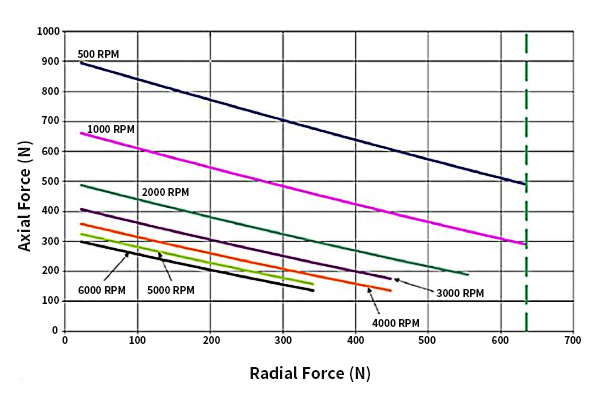 Dynamometer is mainly divided into two parts: cabinet and frame, while the frame mainly has the motor under test, torque speed ...
Dynamometer is mainly divided into two parts: cabinet and frame, while the frame mainly has the motor under test, torque speed ...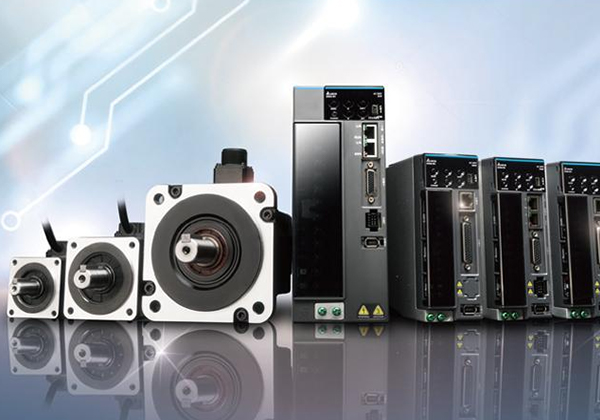 Servo system is a commonly used control system, widely used in industrial automation. It compares the output signal with the ...
Servo system is a commonly used control system, widely used in industrial automation. It compares the output signal with the ... In the ever-evolving landscape of the food industry, technological advancements play a pivotal role in enhancing efficiency, ...
In the ever-evolving landscape of the food industry, technological advancements play a pivotal role in enhancing efficiency, ...